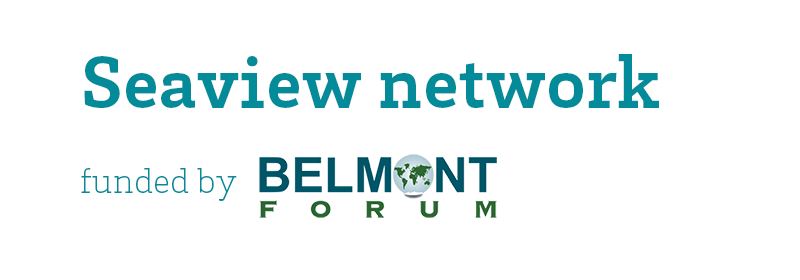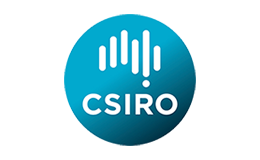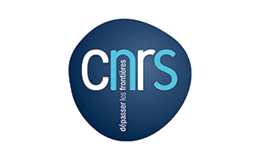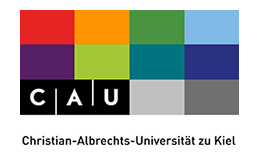The Co-Viability Scenario (CVA)
This scenario provides a satisfactory balance over time between fleet profitability, biodiversity and local food demand.

The co-viability scenario aims at complying with the bio-economic constraints below:
- profitability constraint: πk(t) ≥ 0,∀t = t1,…,tf,∀k = 1,…,4
- species richness constraint: SR(t) ≥ 11,∀t = t1,…,tf
- Food security constraint: H(t) ≥ H(2009)(1 + d)t,∀t = t1,…,tf ,where d ≈ 3.5 12 % stands for the monthly growth rate of the population.
This strategy is assessed in terms of probability for these three objectives to be met over time. Thus the eco-viability probability can be written as:
Feedback efforts e(t1) and e(t2) rely on non-anticipative strategies . The probability ℙ() is approximated by the proportion of viable occurrences namely the number of viable replicates divided by 100.
Co-viability Scenario : A Viable Strategy From Economic, Ecological and Food Security Viewpoints
The numerical simulations show that the effort multipliers associated with the ‘eco-viable’ trajectories are higher than the SQS baseline . These effort multipliers are consistent as the corresponding fleets are typically small-scale with relatively low fishing efforts (less than 15 h per week).
From an ecological perspective, the simulations indicate that the Profit objective is satisfied 100% of the time although — as it was the case for the SQ scenario — the SR index falls to the biodiversity threshold around the year 2025 (Fig. a and b).
The profitability constraints are respected for all trajectories and the food security condition is satisfied for 90% of the trajectories tested: only 10 of these do not satisfy the food security constraint. This happens essentially during the last years of the simulations (Fig.c) when the population has doubled and the demand for food is higher than ever. This scenario yields a net present value ranging between 109.4 and 110.9 millions according to the set of possible fishing efforts.
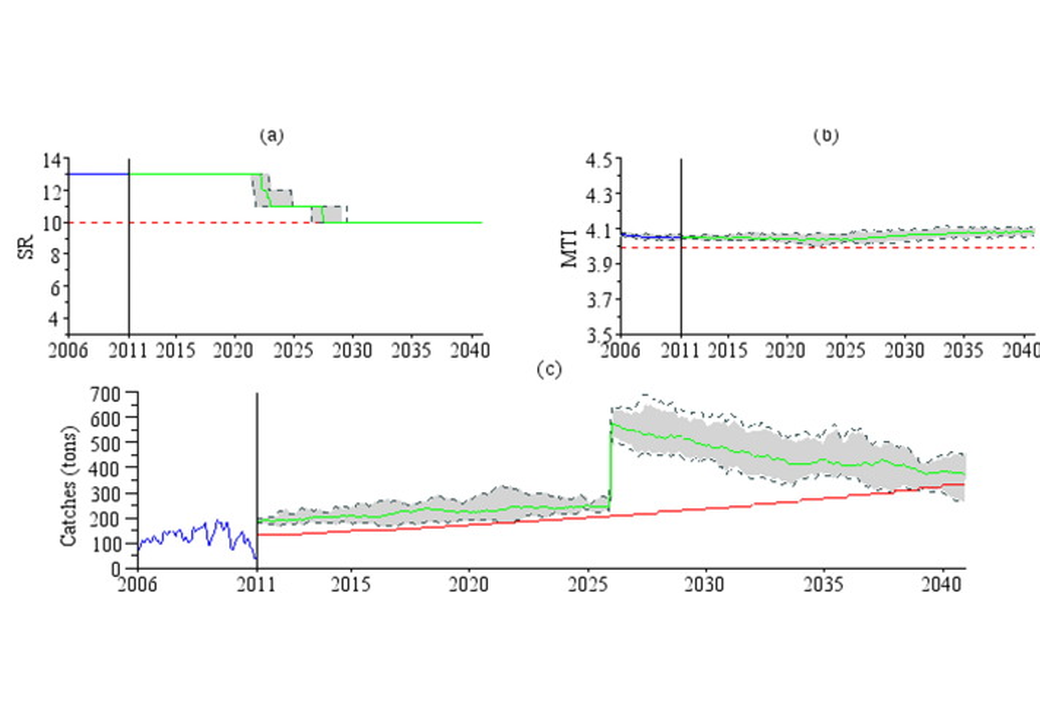 |
Co-viability scenario main outputs : Evolution of the species richness (a), marine trophic index (b), total catches (c) The dark dotted lines stand for the set of possibilities including the 100 simulated trajectories and the gray fields include 95% of the latter. The green lines represent the median values of the 100 trajectories. The red dashed lines stand for the viability thresholds. The blue lines correspond to the historical paths between 2006 and 2011. |
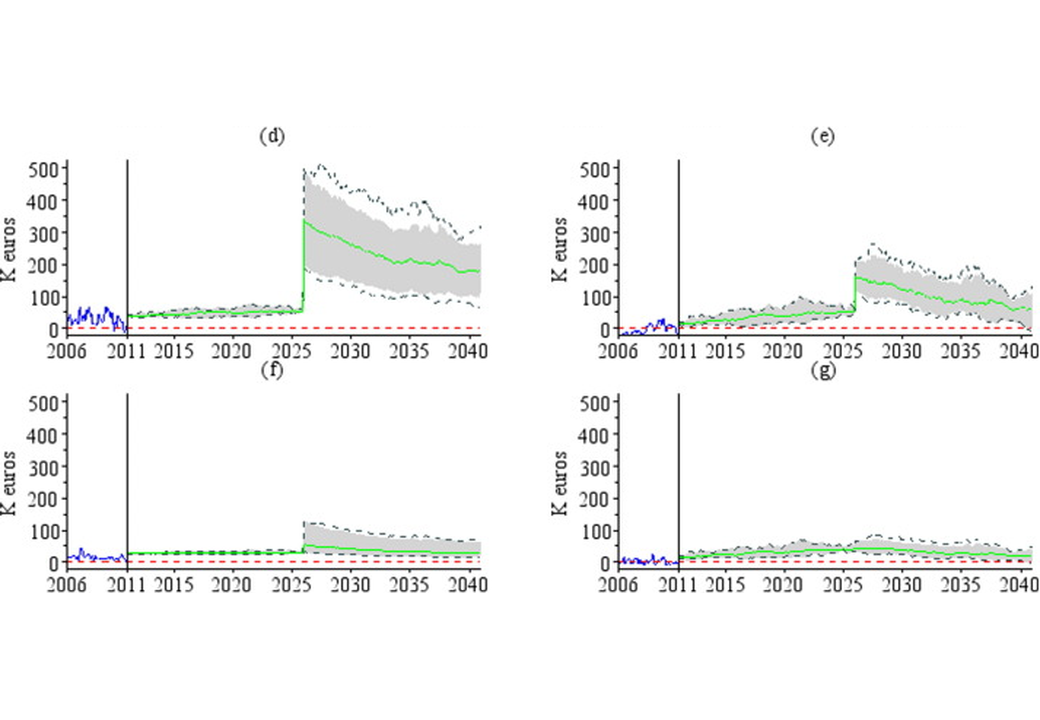 |
Eco-viability scenario (EVS) main outputs : Evolution of profits by fleet (d. fleet 1; e. fleet 2; f. fleet 3; g. fleet 4). The dark dotted lines stand for the set of possibilities including the 100 simulated trajectories and the gray fields include 95% of the latter. The green lines represent the median values of the 100 trajectories. The red dashed lines stand for the viability thresholds. The blue lines correspond to the historical paths between 2006 and 2011 |
